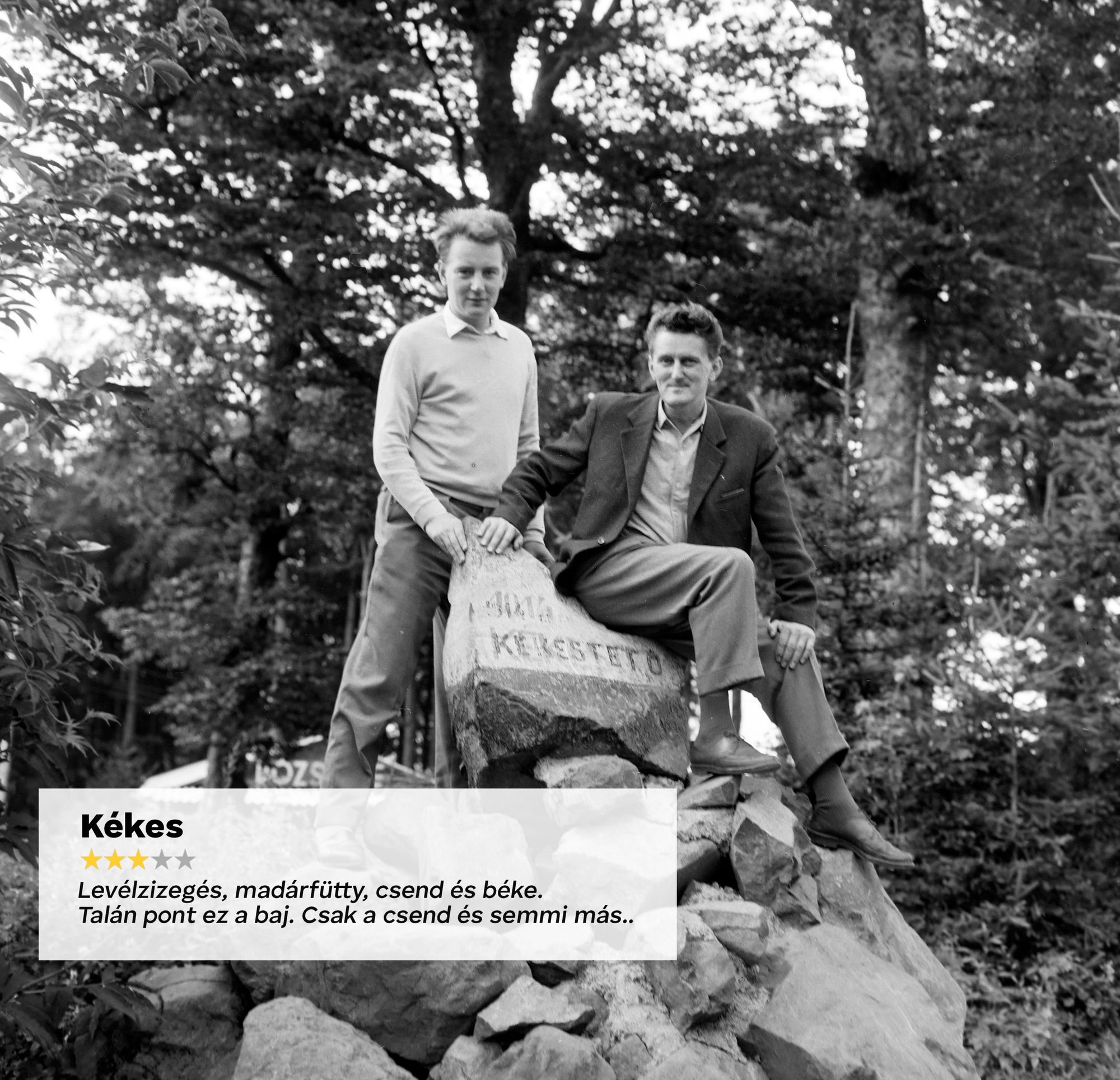Emese Góg has been collecting found amateur recordings for years, and now she has embarked on a very special and fun art experiment: in the “Többet vártam” (I expected more—free translation) series, nostalgic photos and reviews written for various attractions meet. We talked about the secrets!
We previously asked you about the Found Photos Addiction project, where you post your slideshows from the collected archive. Now with your Gondnok (Caretaker—free translation) project, you’ve embarked on a series called “Többet vártam” that we could even call the shared love child of Fortepan and Google review. How did this idea arise?
When I go to an exhibition and there is a guestbook, I always flip through it: I love funny and honest opinions. For example, I once read the following at an exhibition at Mai Manó House: “My five-year-old daughter can take pictures like this, too.” I have never encountered this kind of criticism about photography.
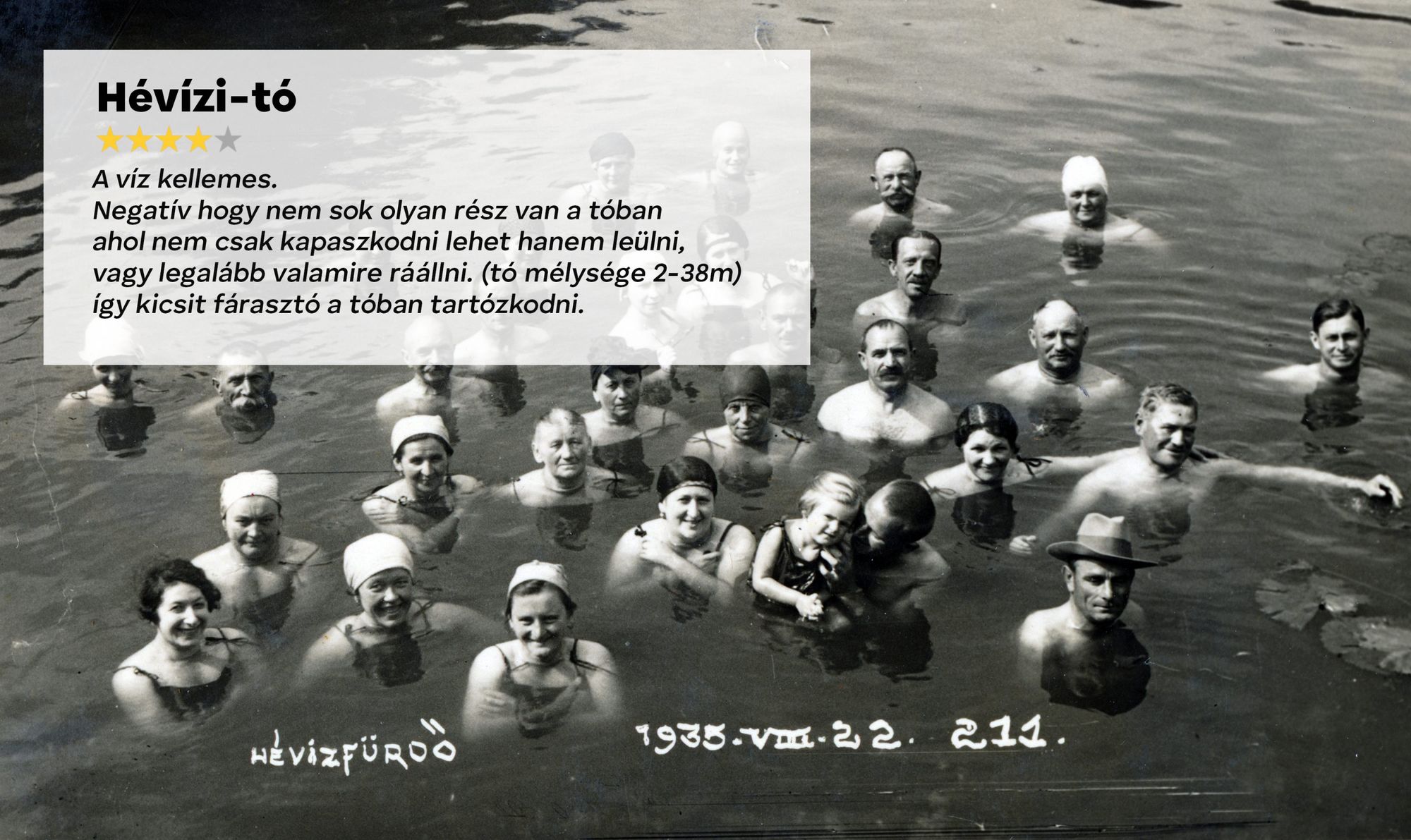
And through the internet, we review and criticize almost everything and everyone—the world has become an open guestbook. And I find it quite absurd and extremely fun to evaluate natural phenomena and places on a scale of five.
An acquaintance of mine told me about someone who rated Etna four stars, and that gave the boost to the series. I started digging into a lot of Google reviews and I was sure I had something to do with it.
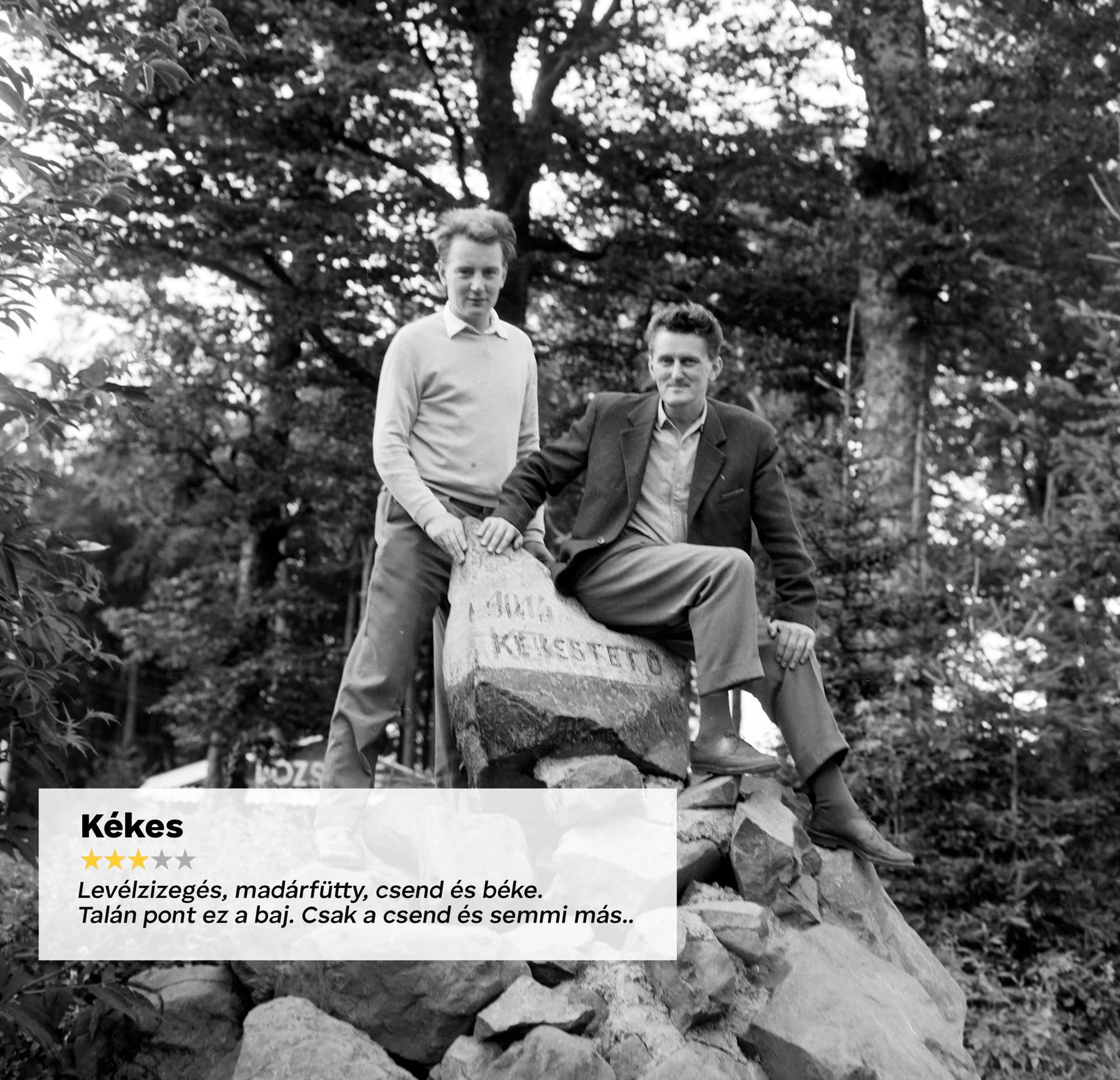

The Parliament, the Fire Tower in Sopron, Lake Hévíz—you have highlighted such and similar tourist attractions in the project. On what basis is the selection made, or how, what kind of working method do you use: first the image, then the text?
First I find the location, the attraction, then I start browsing the reviews, collecting two or three favorites for each location, and looking for a picture on Fortepan for the most fun reviews (luckily the locations are tagged).
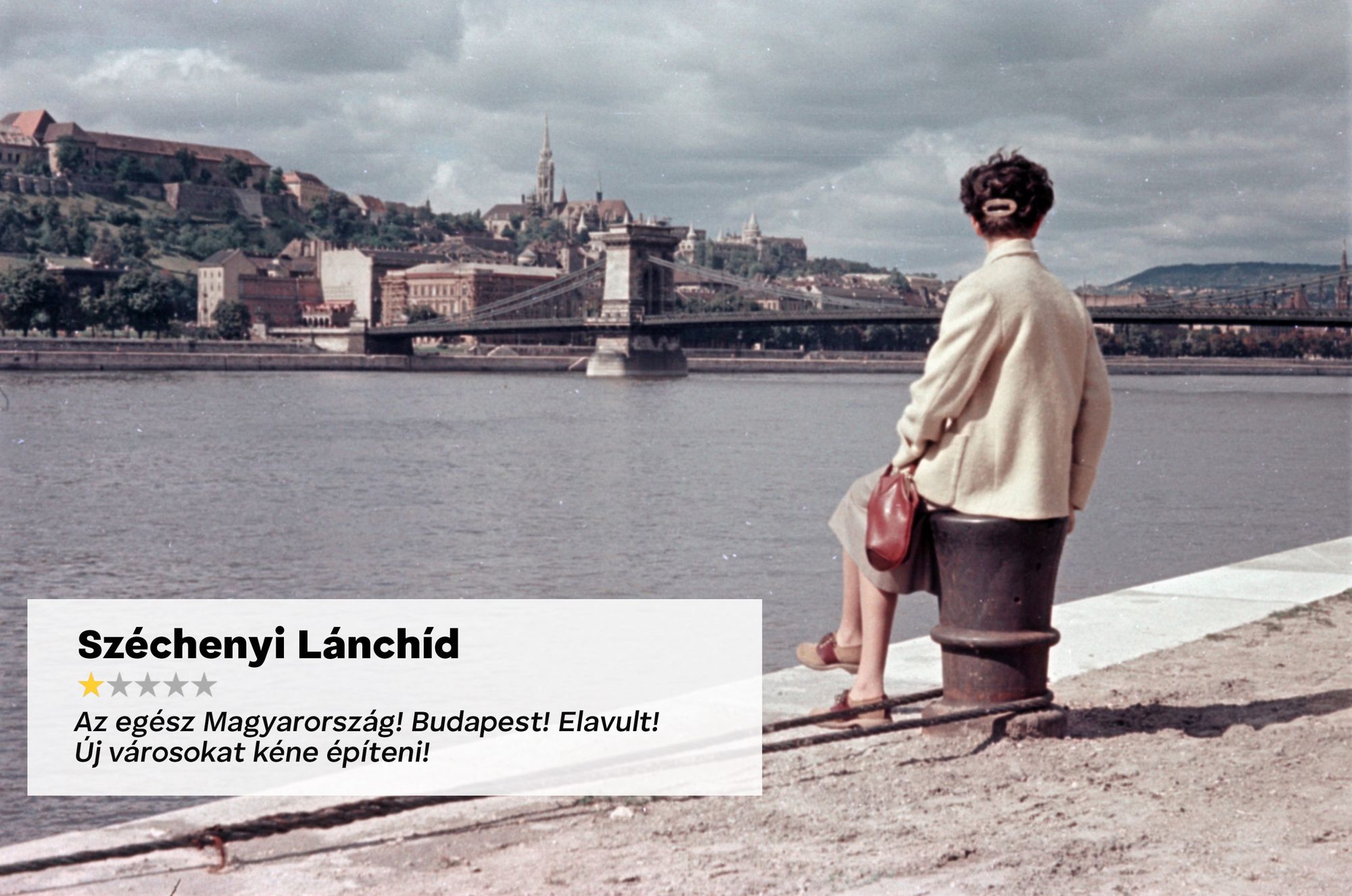
I’ve always been interested in the relationship between image and text: how they interact. When contemporary writers and poets wrote for my winter-themed pictures in the article published in the columns of Hype&Hyper at the end of last year—it was also a really exciting collaboration, I really liked it.
The concept is similar for “Többet vártam”: as if we were pairing found “stories” with found images. Behind every shorter or longer review, there is either an experience of an entire day or even a person’s philosophy. Behind every moment you catch, there’s also a story or even a whole life.
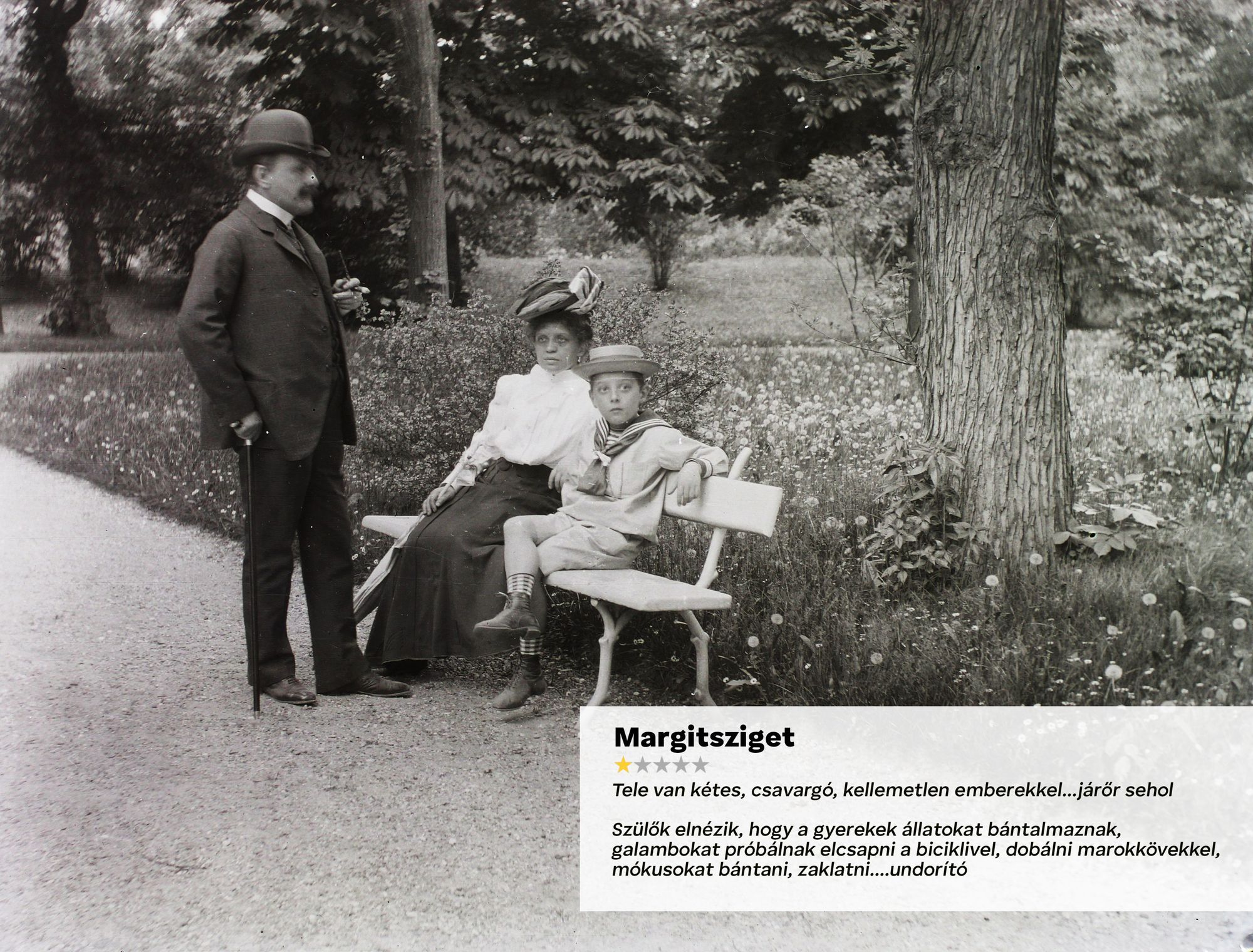

In addition to the nostalgic Fortepan photos, most of the reviews presented are a bit ironic or even negative, with only a few stars. Why did you associate these and not the positive ratings with the photos? Or: is this kind of “negative propaganda” intended?
I think there’s a strong irony to the whole rating, writing reviews, and when that’s coupled with a nostalgic image, the pairing really starts to work. We can also read the pictures with the mindset that people do not change; the critical attitude, the “nothing works the way it should” or the “typical Hungarian mentality” is part of our culture.
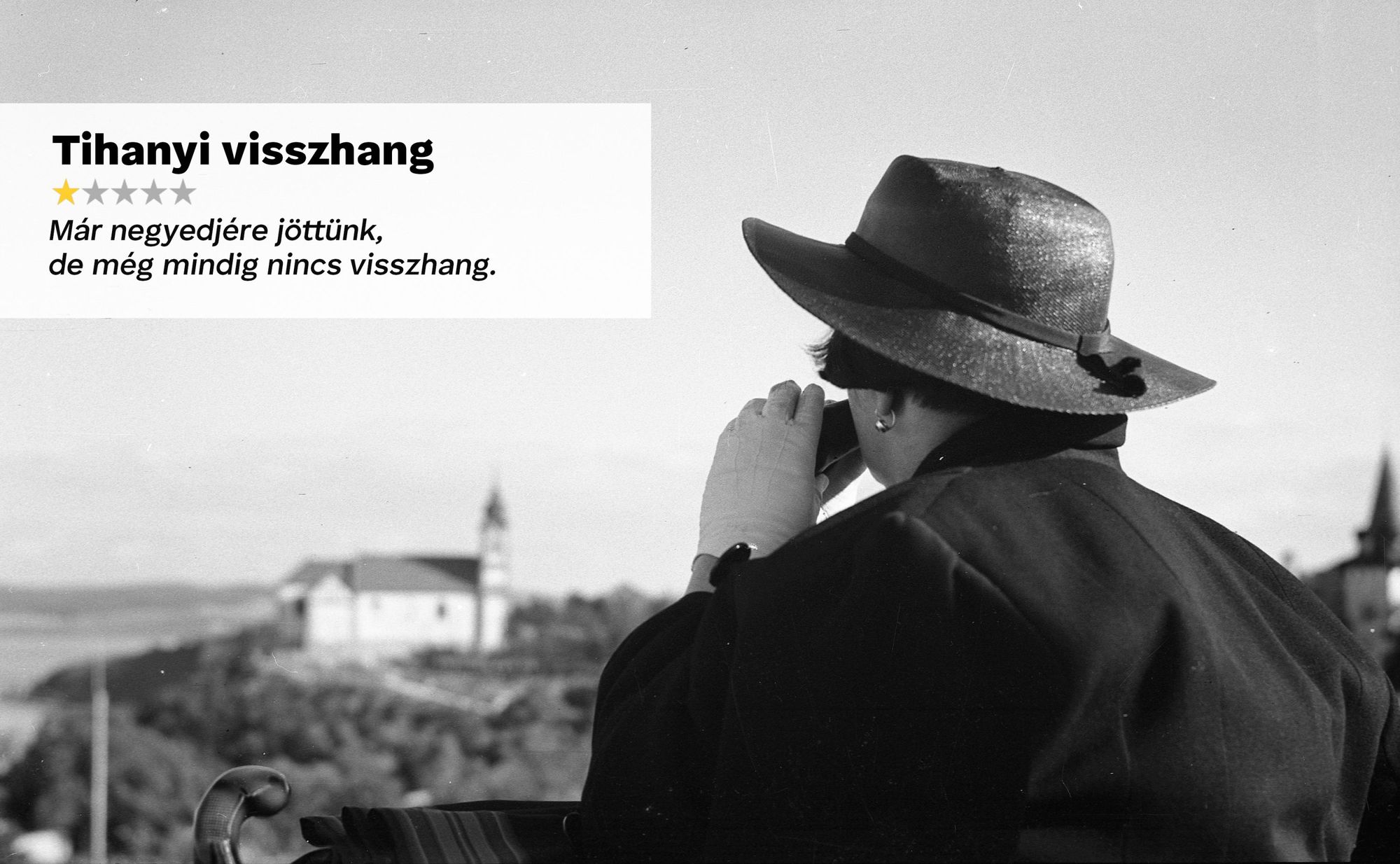
And the fundamental disease of today’s age is unsolicited criticism, and I think it’s a kind of culmination of that, that we also want to rate a lake or a volcano. And the nostalgic nature of the photographs can strengthen another commonplace (or conflict with it, that is “everything used to be better”). I think I like the twist in all this that timelines meet as if there is no distance between them. Unknown opinions are associated with unknown faces and yet the whole thing seems familiar.
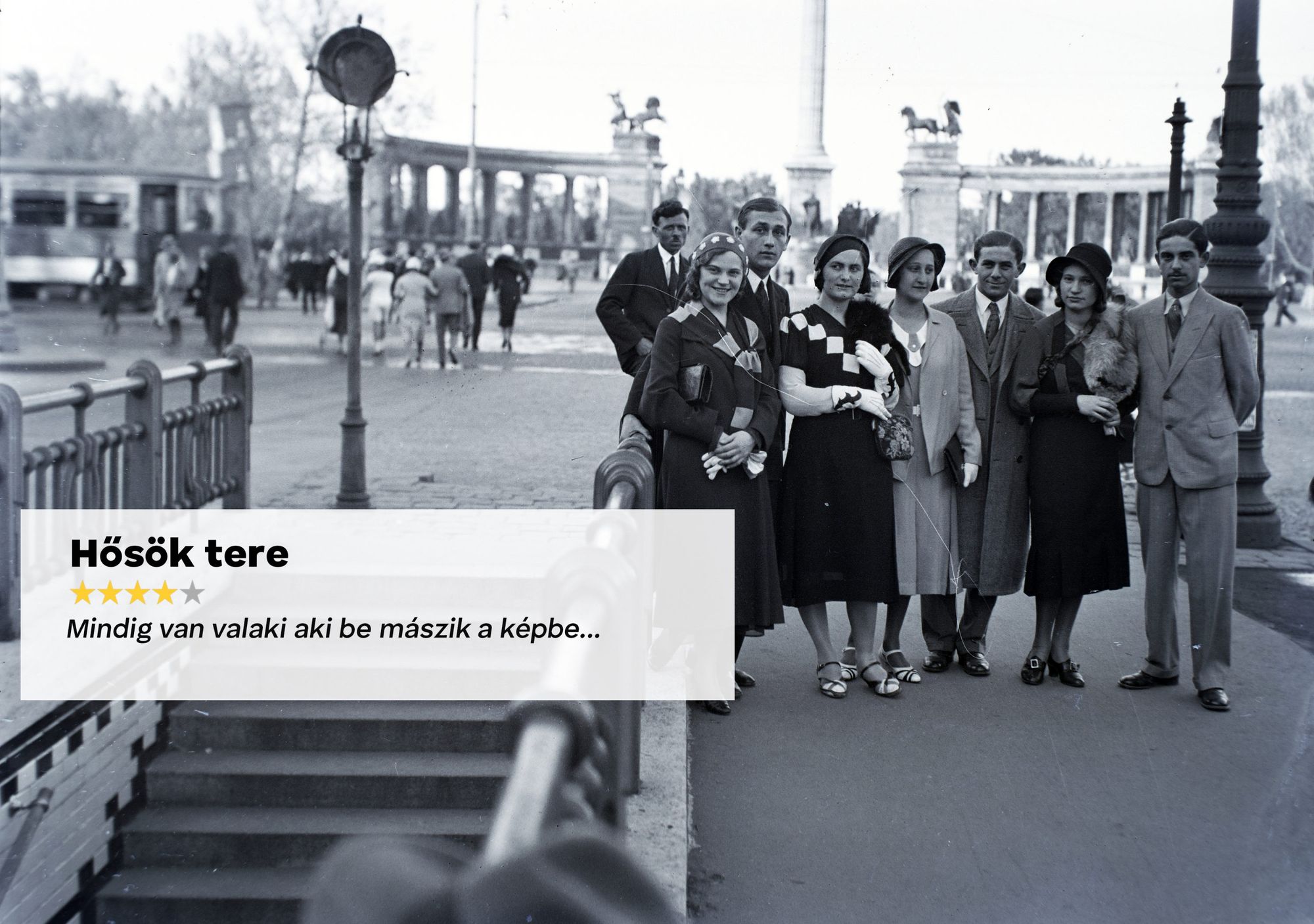
If you had to write a Google review for a Budapest or rural attraction of your choice that you expected more from, what would they be and what would their rating be like?
Since the whole review writing is far from me, this task is challenging. What was disappointing and I would have the opportunity to comment even on Google? If I had to choose a venue in Budapest, it would be the City Park Ice Rink, and the rating would be: “It’s a beautiful building, but ice skating around and around is terribly boring.” Of the rural attractions, I might choose the Xantus János Gömbkilátó in Balatonboglár: “Much smaller than I remembered.” I deliberately tried to answer in the style of one-star reviews, but honestly (laughs).
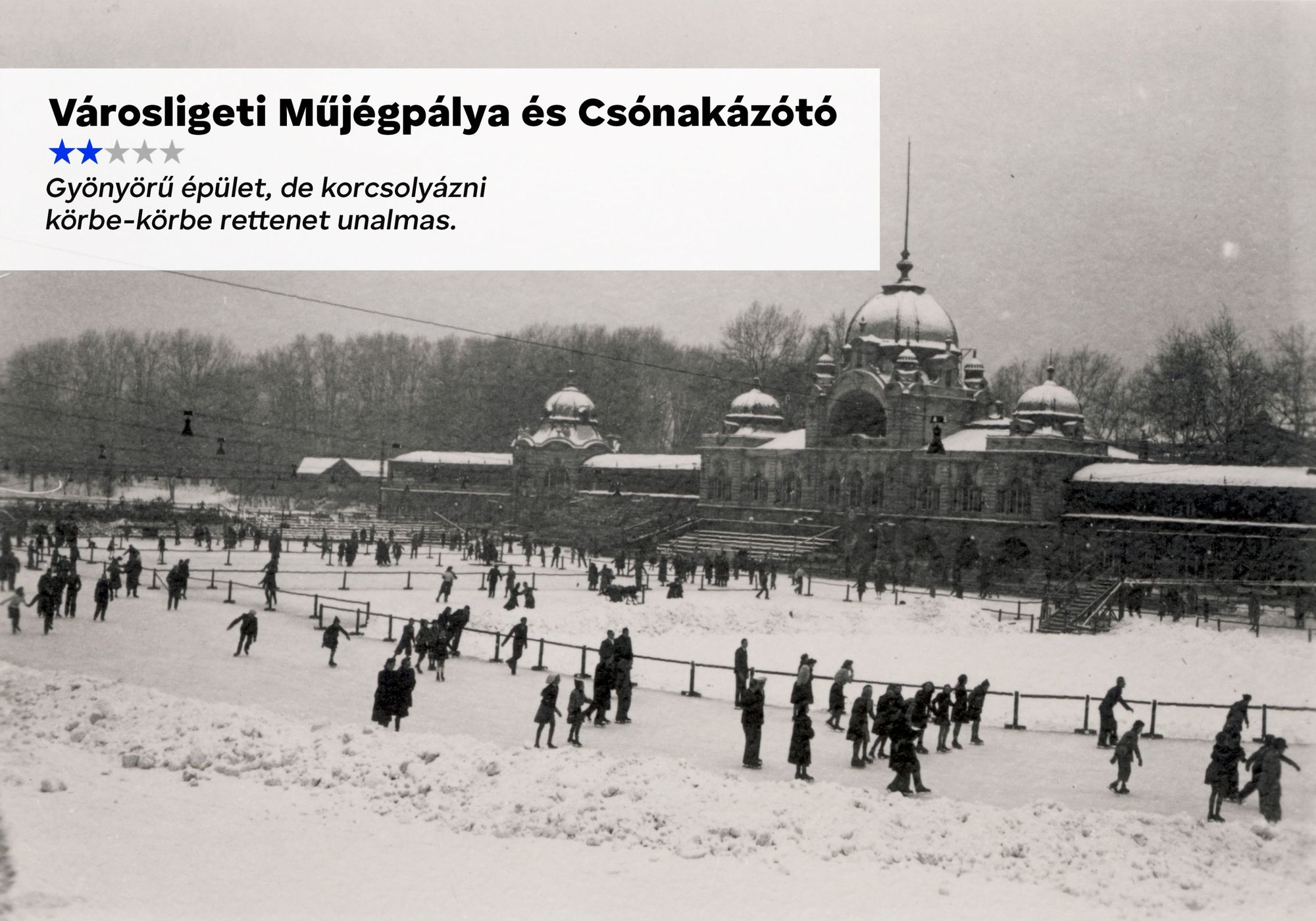


HIGHLIGHTS | Can anyone be a photographer? This is how they see their environment
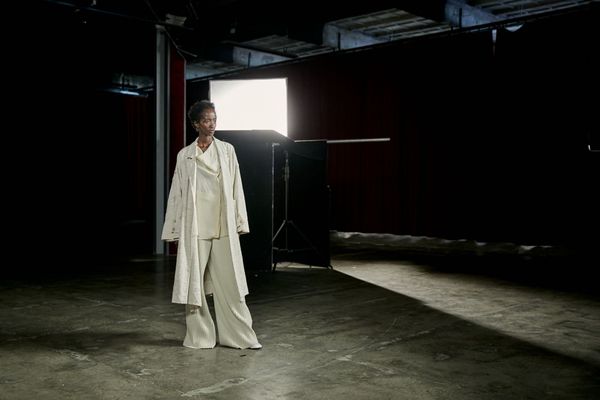
The Hungarian Fashion & Design Agency presents itself at the Dubai World Expo










